CyberpowerPC RGB Infinity GTX Review
November 21, 2017 | 17:30
Companies: #cooler-master #cyberpowerpc #intel #msi #nvidia
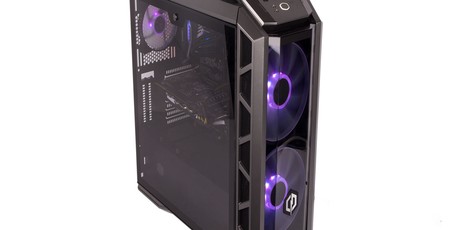
Manufacturer: CyberpowerPC
UK price (as reviewed): £1,798.80 (inc. VAT)
US price (as reviewed): N/A
When new cards from Nvidia launch, system integrators are quick on the ball to offer new configurations that take full advantage of their speed and features. The most recent one to drop from the green team was the GTX 1070 Ti, and though it has received a mixed response thanks to its lateness in the Pascal architecture’s lifetime and proximity in price and performance to the cards it sits between, it seems to be performing well all the same. Looking to tempt those seeking a beefy gaming system in the run-up to Christmas, CyberpowerPC has sent us its £1,800 RGB Infinity GTX system.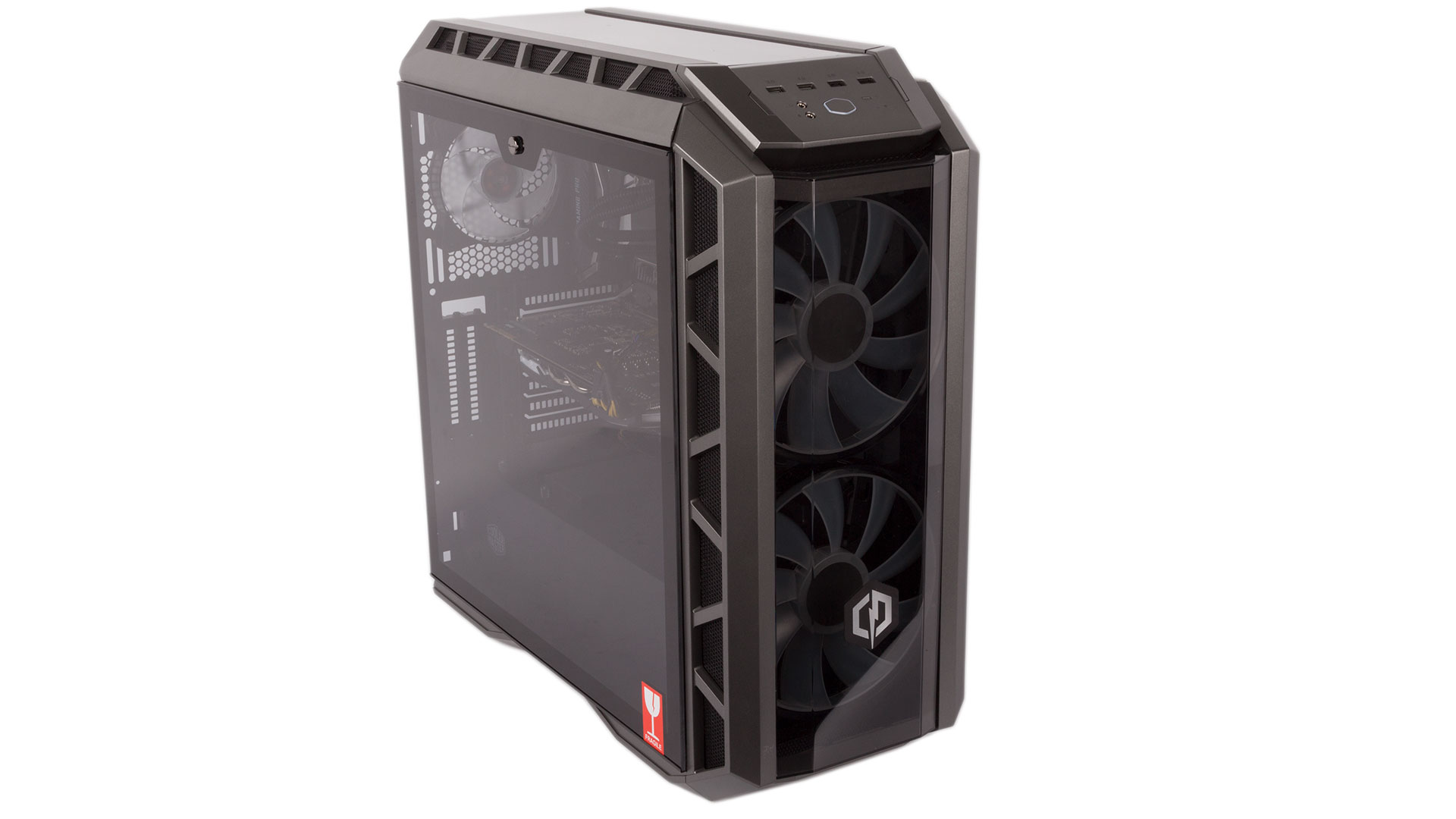

Like many system integrators, Cyberpower offers huge customisation of its systems if there are certain components you’re really not keen on. One of these may well be the case, the Cooler Master MasterCase H500P, and we say this because we were sorely underwhelmed by its build quality. Despite having a tempered glass side panel and striking aesthetics thanks to dual 200mm RGB fans behind the transparent front panel, plastic is used in abundance both inside and out, and it’s fairly low quality too. The roof and front panels are particularly problematic, coming away laughably easy, and the power button just feels horrible – a real shame for a £135 case (retail price). Worse, on our sample, the plastic section housing the I/O panel had become slightly dislodged from the roof, causing the main roof panel to sit well out of alignment. Whether this is a quality control problem or a shipping/packaging issue, it shouldn’t have arrived like this, and it highlighted the low quality of the case’s externals. Thankfully, Cyberpower has a strong selection of other cases to pick from. The H500P is at least dust resistant where it counts and has four USB front panel ports, though two or these are only USB 2.0. The tempered glass panel is also very high quality.


Cyberpower has opted for the Core i7-8700K CPU, which we’ve no complaints about. It has fewer cores than an AMD Ryzen 7 system would, but it is a better CPU for gaming and will make up a lot of the difference with its higher clock speed; it runs here overclocked to 4.8GHz (all cores with no reduction for AVX instructions) with a slightly lofty 1.35V core voltage. Thankfully, the BIOS profile has been saved too, so if you fiddle and get something wrong you can easily revert. It runs at this speed constantly, not dropping down when idle, so it’s not the most efficient overclock but will certainly be fast.
An overclock like that needs sufficient cooling, and Cooler Master’s Seidon 240V all-in-one liquid-cooler should be up to the task. This is fitted with a single row of fans which exhaust air over the radiator and out of the roof.
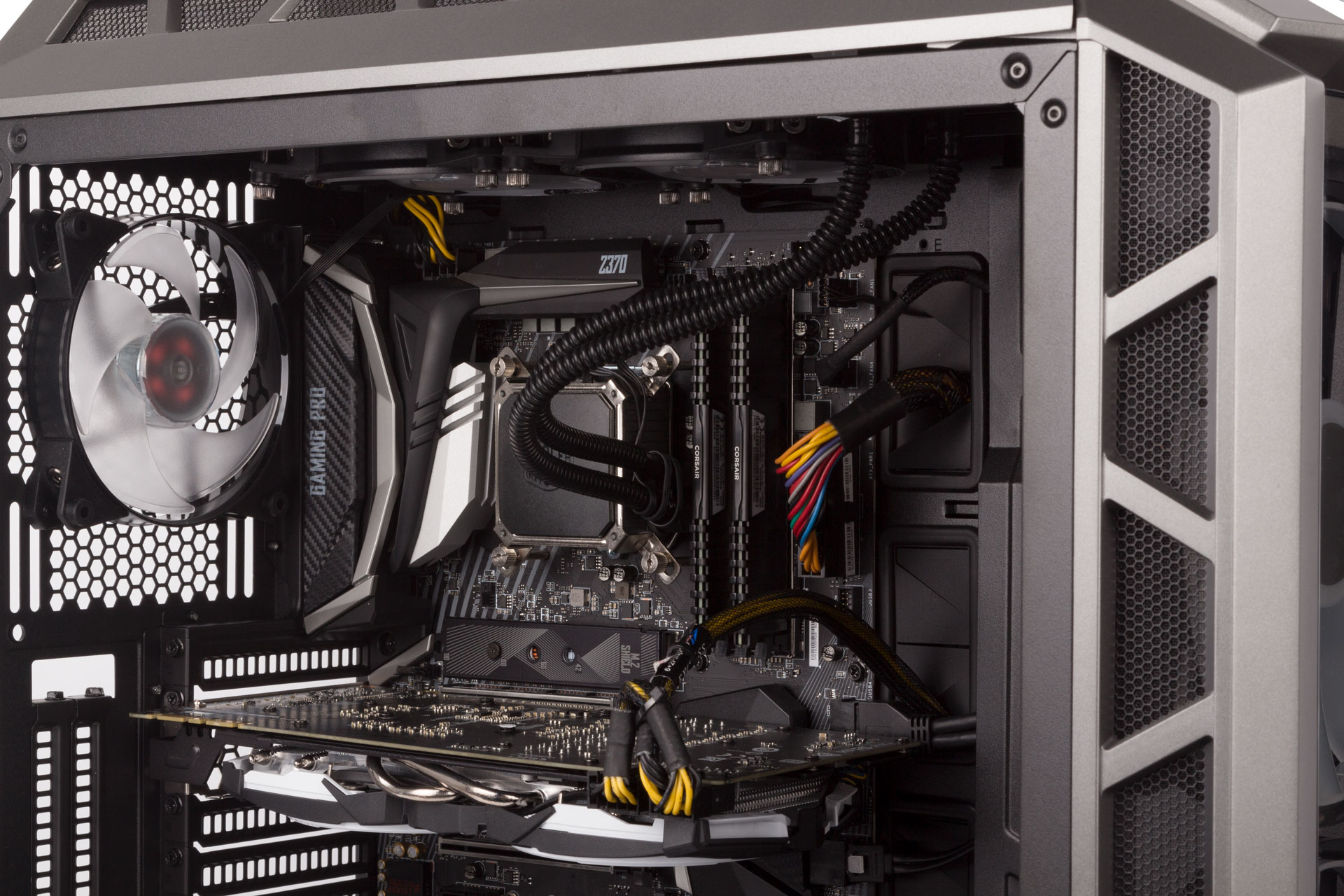
The CPU is paired with a dual-channel 16GB kit of Corsair Vengeance LPX memory running at 3,000MHz – no problems there.
The MSI Z370 Gaming Pro Carbon is a lovely mid-tier motherboard for this platform and the non-Wi-Fi version of the board we reviewed ourselves and found to be impressive. It’s a shame not to see the Wi-Fi version used instead (or a Wi-Fi card added) at this price, but you could fix this in the configurator if you wanted. It comes with dual M.2 slots (one with heatsink), USB 3.1 Type-A and Type-C ports, and onboard Realtek ALC1220 audio. RGB lighting also adorns the VRM heatsink, chipset heatsink, and right side, although it never looks garish.
For cooling, Cybperpower has ripped out the H500P’s standard rear exhaust and replaced it with a CoolerMaster MasterFan Pro Air Pressure 12 RGB model, two more of which are used to cooler the AIO’s radiator. This trio complements to the two massive, slow-spinning fans in the front that are also RGB-enabled. All five fans are connected to the motherboard via RGB splitter cables, so you can tweak and synchronise all the system lighting (except the small LED on the AIO pump unit that’s static blue), but by default everything was set to a rather nasty rapid colour cycling effect. We fixed it by setting everything to a lovely bit-tech purple with MSI Mystic Light, which we had to install ourselves manually.

Technically, the pump and fans aren’t connected to the “correct” headers. For example, the pump connects to the CPU_Fan one, while the rear fan goes to the one specified for pumps, leaving the system fan headers to cater for the remaining four fans via splitter cables. That said, Cyberpower has neglected to utilise any EFI or software fan control, so everything runs at full speed constantly – a rather lazy approach.
The specific GTX 1070 Ti chosen is the Armor model courtesy of MSI. It lacks advanced features, and sadly there’s no backplate or overclock, but the custom cooler is still welcome, plus the black and white colour scheme is well chosen given the abundance of RGB lighting – it doesn’t have any itself, though.
The capacity of the SSD is as low as we’d ever recommend for a gaming system, as 250GB can easily be filled by two or three of today’s games; we’d really have preferred to see the 500GB version. Still, the Samsung 960 Evo is a fine choice for the actual drive, and it has been installed under the motherboard’s M.2 heatsink as well. It is backed up by a standard 3.5” 2TB HDD installed in the cage beneath the PSU shroud – sadly it was a little wonky on arrival.
The CoolerMaster MasterWatt Lite 600W is a cost-saving choice given its 80 Plus White rating and non-modular cabling, but it’s from a reputable brand, and the capacity is more than enough for what the RGB Infinity GTX contains.

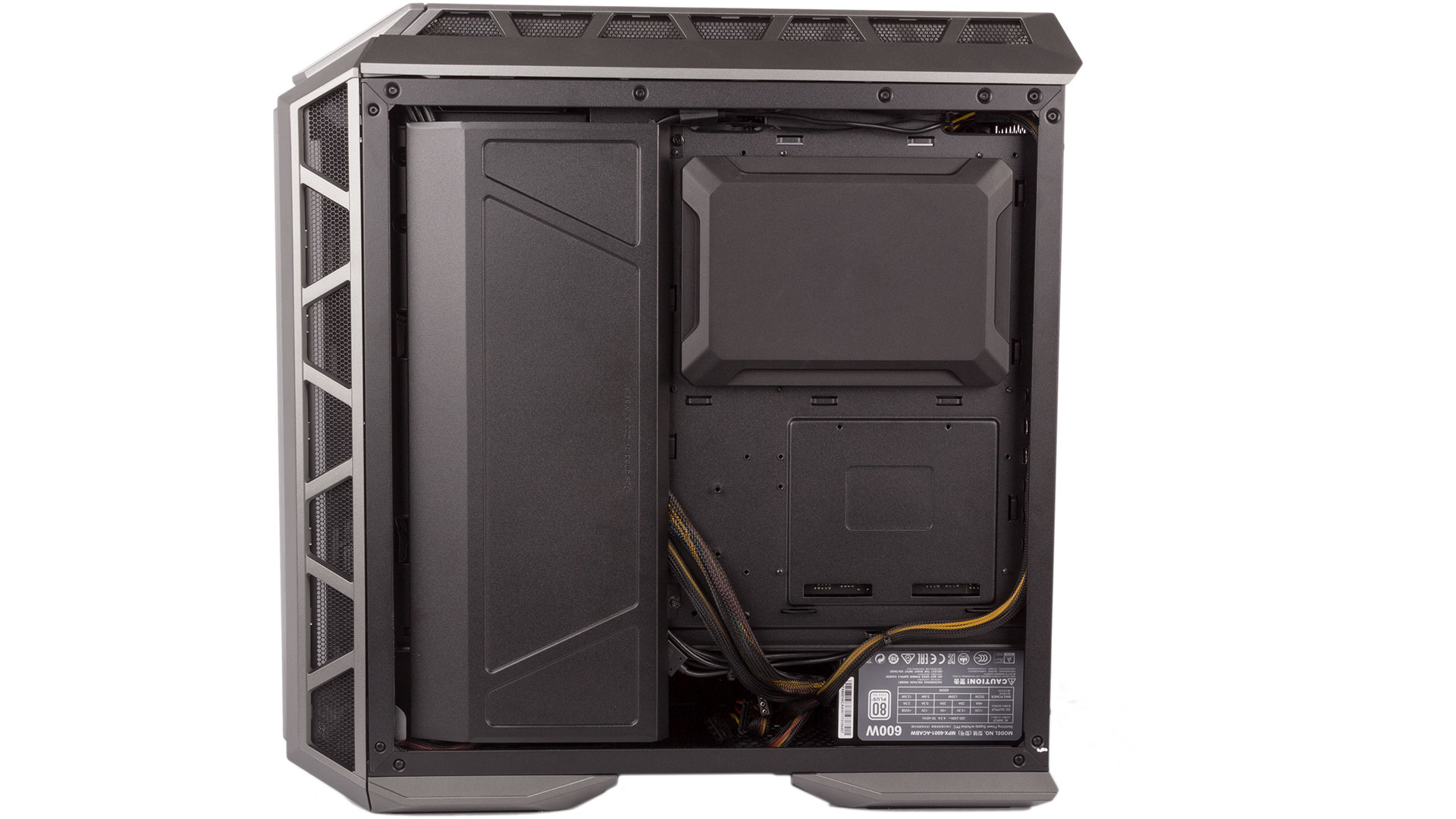
With a large bracket behind the motherboard tray designed to hide away the bulk of your cables, Cyberpower hasn’t needed to tidy things particularly well here. The cabling in the main chamber is of course the most important, and here it’s fine. However, the mess of cables behind the bracket, while understandable with this case, does make it impossible for us to judge how well cables would be tidied if you opted for a more revealing chassis.


Windows 10 Home comes installed with no additional bloatware.
A three-year warranty is generous enough, although this only covers labour. Parts are protected for two years, but collect and return sits at just one month. You can upgrade this for various fees depending on how long you pick.
Specifications (as reviewed)
- CPU Intel Core i7-8700K (overclocked to 4.8GHz with 1.35V)
- CPU cores/threads Six/12
- Memory 16GB (2 x 8GB) Corsair Vengeance LPX 3,000MHz DDR4
- Graphics MSI GeForce GTX 1070 Ti Armor (3 x DisplayPort, 1 x DL-DVI-D, 1 x HDMI)
- Motherboard MSI Z370 Gaming Pro Carbon
- Storage 1 x 250GB Samsung 960 Evo M.2 SSD, 1 x 2TB Seagate HDD
- Case Cooler Master MasterCase H500P
- Dimensions (mm) 242 x 544 x 542 (W x D x H)
- Cooling Cooler Master Seidon 240V, 3 x Cooler Master MasterFan Pro Air Pressure 12 RGB extra case fans
- PSU Cooler Master MasterWatt Lite 600W (80 Plus White, non-modular)
- Networking 1 x Gigabit LAN
- Audio 7.1-channel Realtek ALC1220 (onboard)
- Operating system Windows 10 Home 64-bit
- Audio and USB Ports Rear: 1 x USB 3.1 Type-A, 1 x USB 3.1 Type-C, 4 x USB 3.0, 2 x USB 2.0, 5 x audio jacks, 1 x S/PDIF out; Front: 2 x USB 3.0, 2 x USB 2.0, headphone, microphone
- Warranty Three years (one month collect and return, two years parts, three years labour)

MSI MPG Velox 100R Chassis Review
October 14 2021 | 15:04

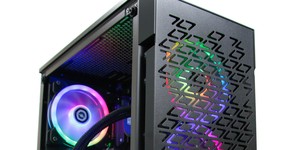
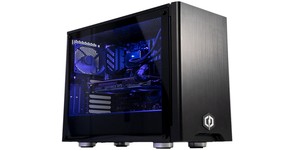





Want to comment? Please log in.